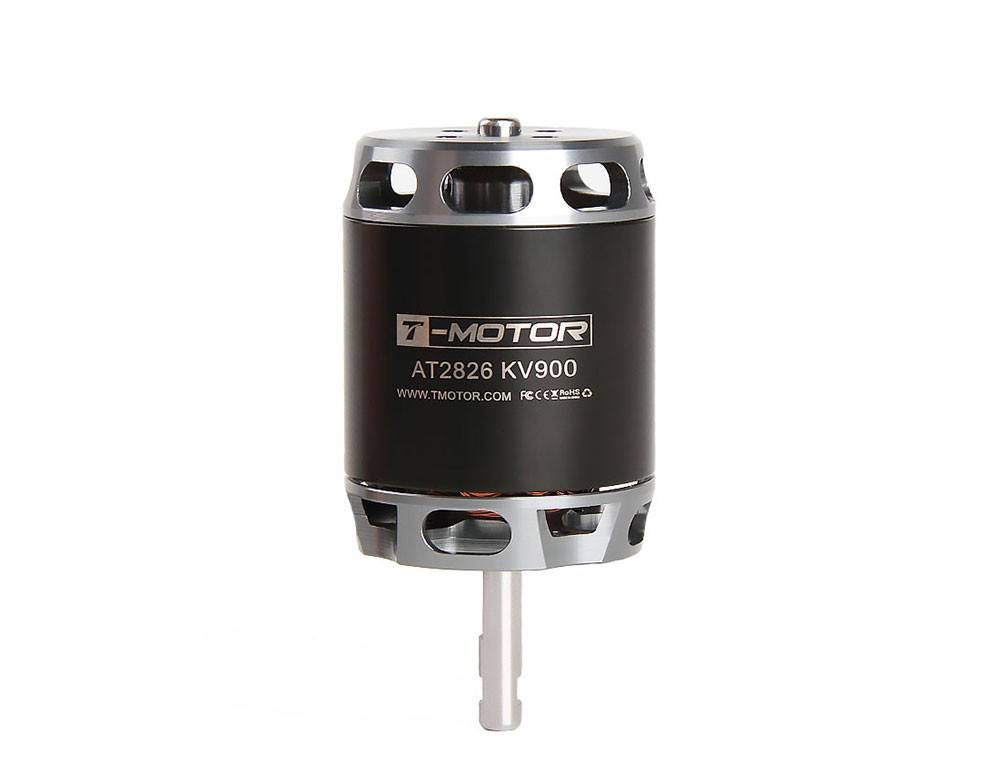Brushless Motors - ARC Systems Inc

Motion Control Products - Brushless Motors - Canon USA - The Facts

Synchronous electric motor powered by an inverter The motor from a 3. 5 in floppy disk drive. The coils, organized radially, are made from copper wire coated with blue insulation. The rotor (upper right) has actually been gotten rid of and turned upside-down. The grey ring inside its cup is a permanent magnet.
DC brushless ducted fan. The two coils on the printed circuit board engage with 6 round long-term magnets in the fan assembly. https://postheaven.net/strawquart8/how-brushless-motors-work-hpi-racing (BLDC motor or BL motor), likewise known as a digitally commutated motor (ECM or EC motor) or simultaneous DC motor, is a synchronous motor utilizing a direct present (DC) electrical power supply.
The controller adjusts the phase and amplitude of the DC present pulses to control the speed and torque of the motor. This control system is an alternative to the mechanical commutator (brushes) utilized in numerous conventional electrical motors. The building of a brushless motor system is normally comparable to a permanent magnet simultaneous motor (PMSM), however can also be a switched hesitation motor, or an induction (asynchronous) motor.

Brushless motors - FAULHABER
The benefits of a brushless motor over brushed motors are high power-to-weight ratio, high speed, almost rapid control of speed (rpm) and torque, high efficiency, and low upkeep. Brushless motors discover applications in such locations as computer system peripherals (drive, printers), hand-held power tools, and automobiles ranging from model airplane to cars.

Brushless DC Motor, How it works ? - YouTube

Brushless motors - FAULHABER
The Facts About Drone Motor Fundamentals – How Brushless Motor Works Uncovered
Background [modify] Brushed DC motors were invented in the 19th century and are still common. Brushless DC motors were enabled by the development of solid state electronic devices in the 1960s. An electrical motor develops torque by keeping the electromagnetic fields of the rotor (the turning part of the maker) and the stator (the repaired part of the device) misaligned.
DC going through the wire winding creates the electromagnetic field, supplying the power which runs the motor. The misalignment creates a torque that tries to straighten the fields. As the rotor relocations, and the fields enter alignment, it is necessary to move either the rotor's or stator's field to maintain the misalignment and continue to create torque and motion.
